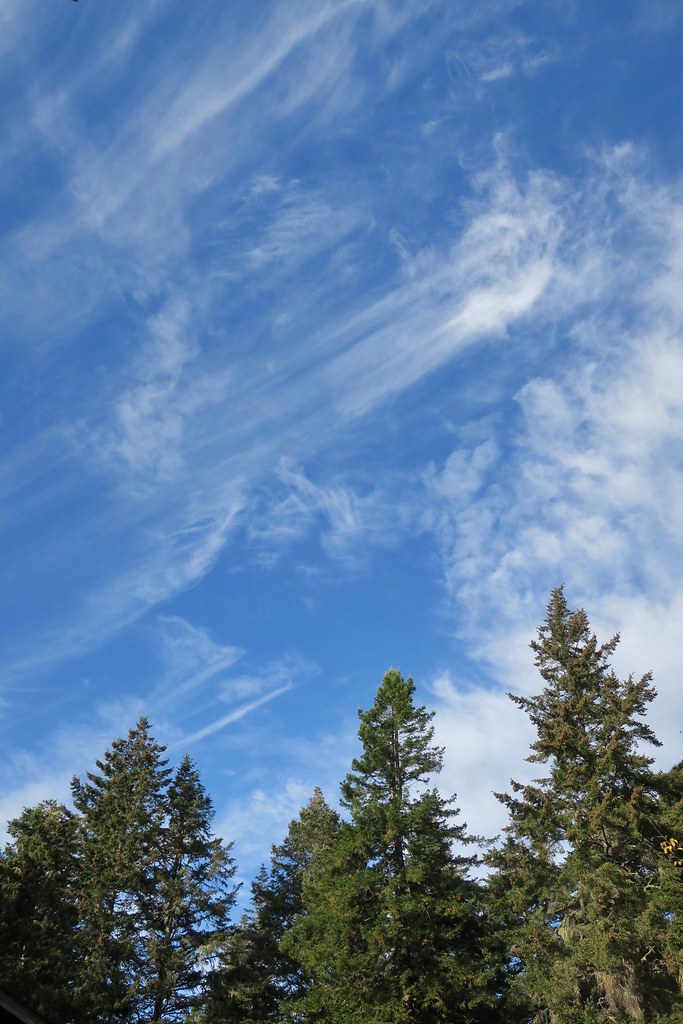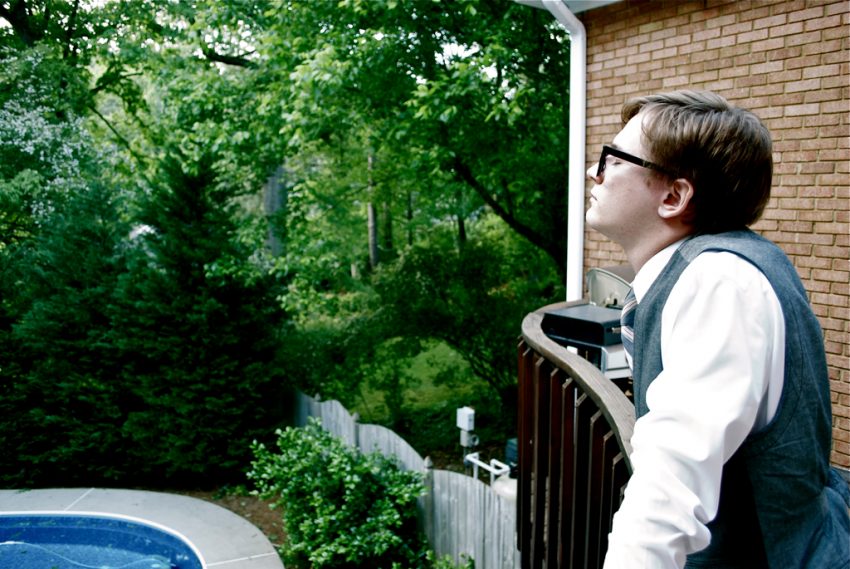Household products, cigarette smoke, paints, chipboard furniture… Many pollutants are present in the air in our homes, particularly through fumes. In addition to regular ventilation, depolluting plants can give a serious boost to remove these chemical compounds from the air in our homes.
They contribute to our daily well-being, in the same way as Feng Shui or light therapy.
How Depolluting Plants Work

Plants exchange gases with their environment to remain alive. They absorb ambient air, transform it to ensure their cell renewal, then release new air into the atmosphere.
Some plants are capable of absorbing chemical compounds from the air and transforming them into nutrients useful for their development: depolluting plants. The air they emit around them is thus cleaned up. We talk about phytoremediation, Phyto-purification or bio-purification.
The virtues of depolluting plants are particularly appreciated at a time when many volatile pollutants present in our homes are being pointed at. Indeed, they absorb the main polluting substances we are confronted with daily: ammonia, benzene, formaldehyde, carbon monoxide, toluene and xylene.
The Substances Targeted by Depolluting Plants
So-called polluting substances and chemical compounds are suspected of causing allergies and respiratory illnesses, and even of being carcinogenic.
| Polluting substances | Where do they come from? |
|---|---|
| Ammonia | Household products (maintenance and DIY) |
| Benzene | Household products (maintenance and DIY), decorative elements, solvents, plastics, etc. |
| Formaldehyde | Household products (maintenance and DIY), textiles, carpeting, chipboard, wood fire, cigarette smoke |
| Toluène | Household products (maintenance and do-it-yourself), soaps, lacquers, etc. |
| Xylene | Do-it-yourself products, glue, paint, varnish, pesticides |
Remediation by Plants: Effective or Not?
Even if all the studies have not yet been carried out on the subject, the beneficial action of depolluting plants to purify the air in our houses and apartments has been proven. Don’t wait to add several to your home!
A Scientifically Proven Effectiveness…

The effectiveness of depolluting plants was proven in the 1980s by NASA researchers. It was then a natural alternative to improve air quality in space stations.
In France, the Phytair research programme launched by the association Plant’Airpur set up experiments that confirmed the depolluting action of certain plants.
But beware of some assertions!
Depolluting plants have many advantages. In spite of this, it is necessary to know if:
– The tests were carried out in conditions far removed from our daily lives: cramped spaces, high concentrations of chemical compounds. For example, it is generally claimed that you need one depolluting plant per 10 m², but this has not been proven.
– The depolluting action of cacti and fatty plants on electromagnetic waves (Wifi, mobile phones) is the subject of debate.
– Even with depolluting plants, it is essential to ventilate your home daily.
10 Effective Depolluting Plants
| Depolluting plant | Effective against | Growing conditions | Recommendations |
|---|---|---|---|
| Chlorophytum Comosum | ++ Benzene ++ Carbon monoxide ++ Toluene + Formaldehyde + Xylene | – easy to grow – no direct sunlight | Very effective against many pollutants, this plant is particularly resistant and can be installed in any room. |
| Dragon Rider | ++ Formaldehyde + Benzene + Xylene | – not very resistant to cold – moderate light | This plant can be installed in dark rooms. |
| Madagascar Dragon Tree | ++ Monoxyde de carbone ++ Toluène ++ Xylène + Benzène + Formaldéhyde ++ Carbon monoxide ++ Toluene ++ Xylene + Benzene + FormaldehydeEasy to grow, this plant is effective against most pollutants. | – easy to grow – but not very resistant to cold | Easy to grow, this plant is effective against most pollutants. |
| Ficus | ++ Formaldehyde | – no direct sunlight – stable temperature and humidity | Ficus is very effective against formaldehyde, one of the most common pollutants in our interiors. |
| Gerbera | ++ Benzene ++ Formaldehyde + Toluene | – light rooms in winter – away from radiators | It is a flowering plant with a shorter lifespan than other depolluting plants, and the gerbera can be installed in “smoking” rooms. |
| Ivy | ++ Benzene + Formaldehyde + Toluene + Xylene | – all types of light – cold-resistant – no excessive heat | Particularly effective against benzene, ivy also absorbs most pollutants. It can be installed in any room. |
| Nephrolepis (Boston fern) | ++ Formaldehyde ++ Xylene | – rooms heated in winter – resistant plant | This plant, which also promotes humidity, can be placed in heated rooms. |
| Pothos | ++ Benzene ++ Carbon monoxide ++ Toluene +Formaldehyde | – no direct light – heated rooms | A beautiful and very decorative liana, this plant is easy to grow and can be installed in any room. |
| Rhapis excelsa | ++Ammonia +Formaldehyde +Xylene | – dimly lit interiors – no excessive heat | Very effective against ammonia, this small palm tree can be installed in rooms where you store your household products. |
| Spathiphyllum | ++ Ammonia ++ Formaldehyde + Benzene + Toluene + Xylene | – by a window – avoid droughts – no excessive heat | This depolluting plant is the most effective of all. It can be installed in any room. |
Hope the above helps you in finding ways to breathe a cleaner and fresher air in your dwelling. Remember to share your views in the comment section below.


1 thought on “Are Air-Purifying Plants Effective?”